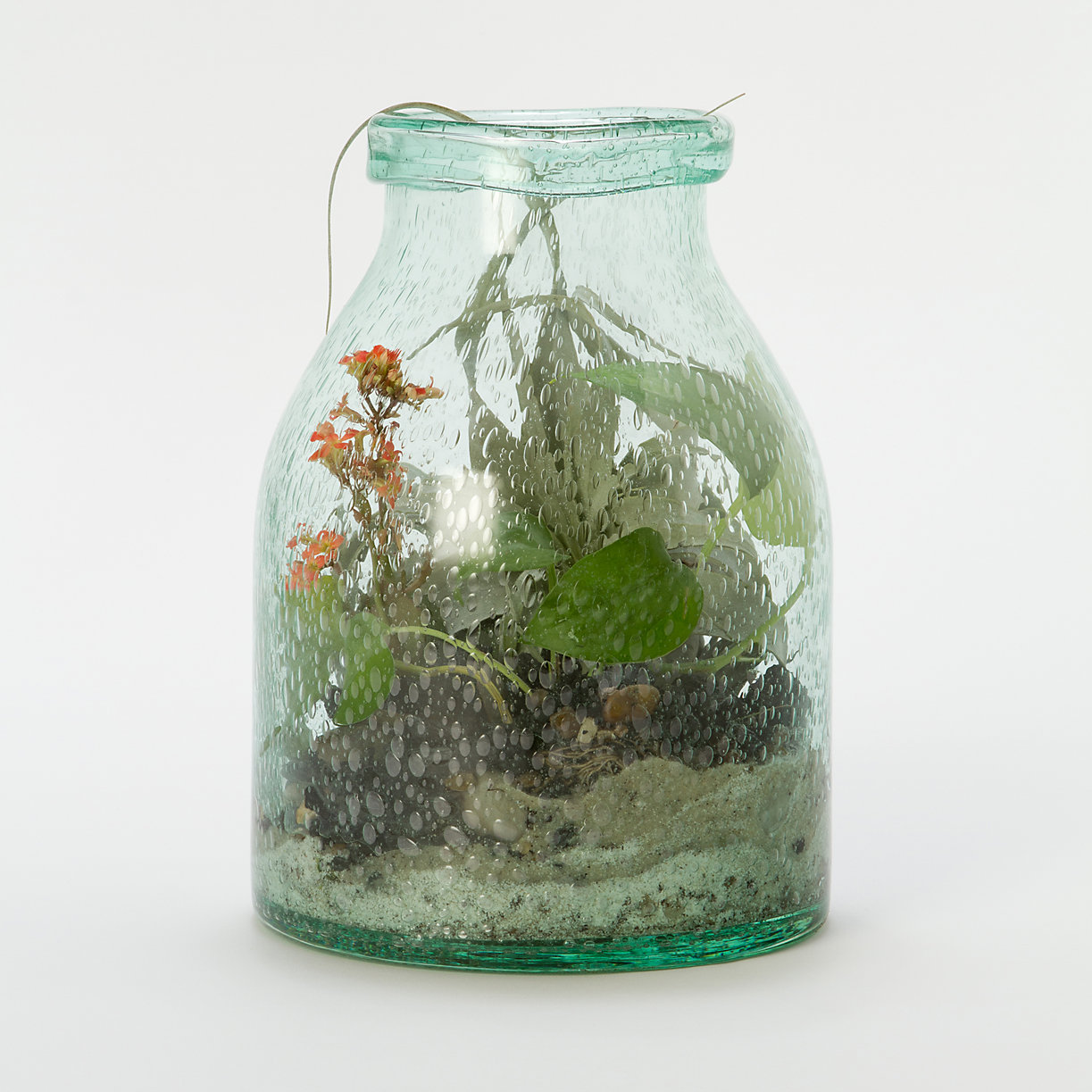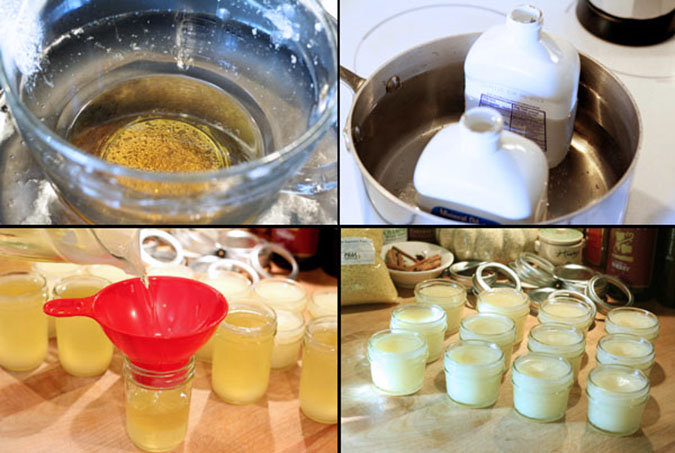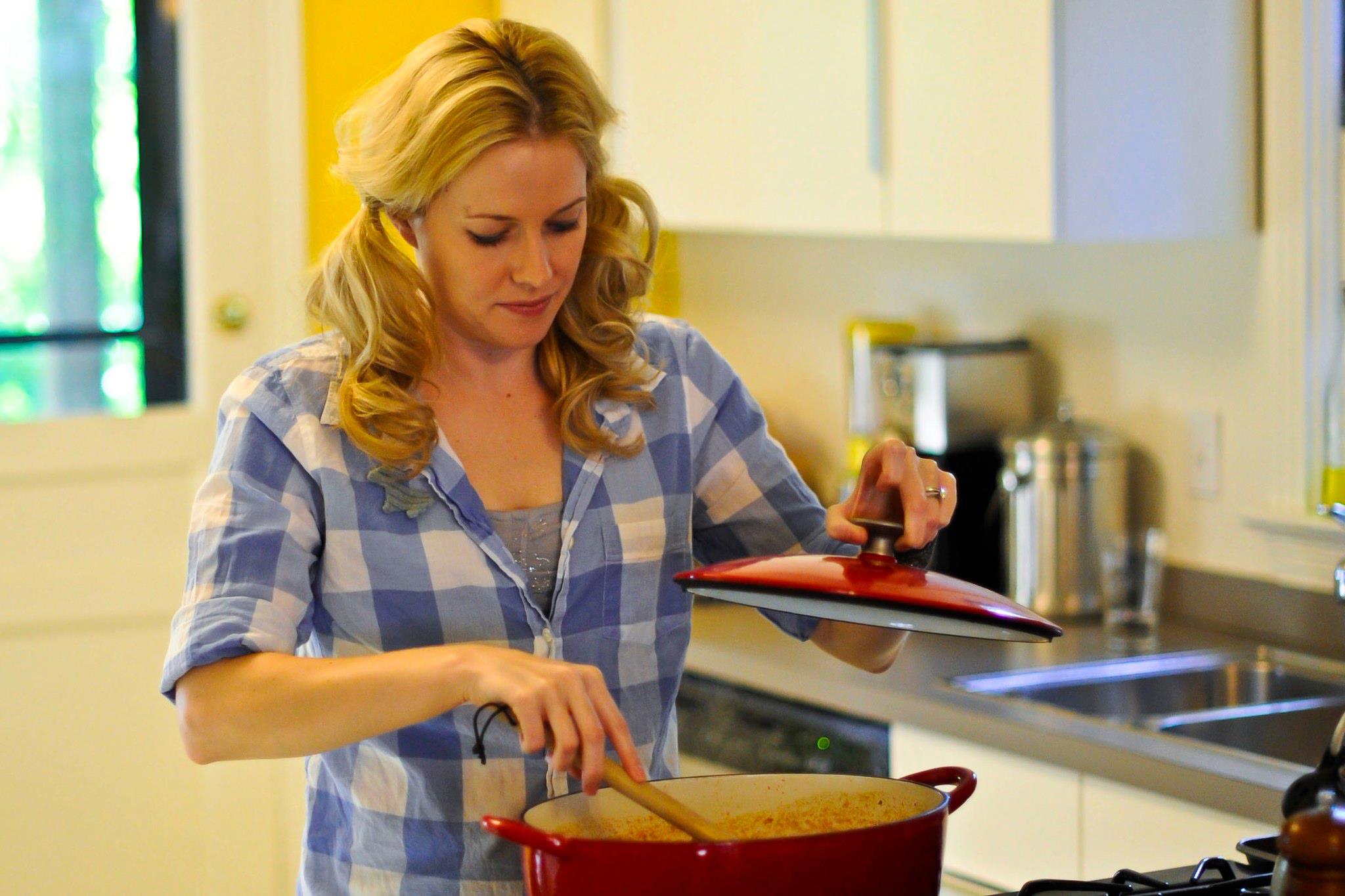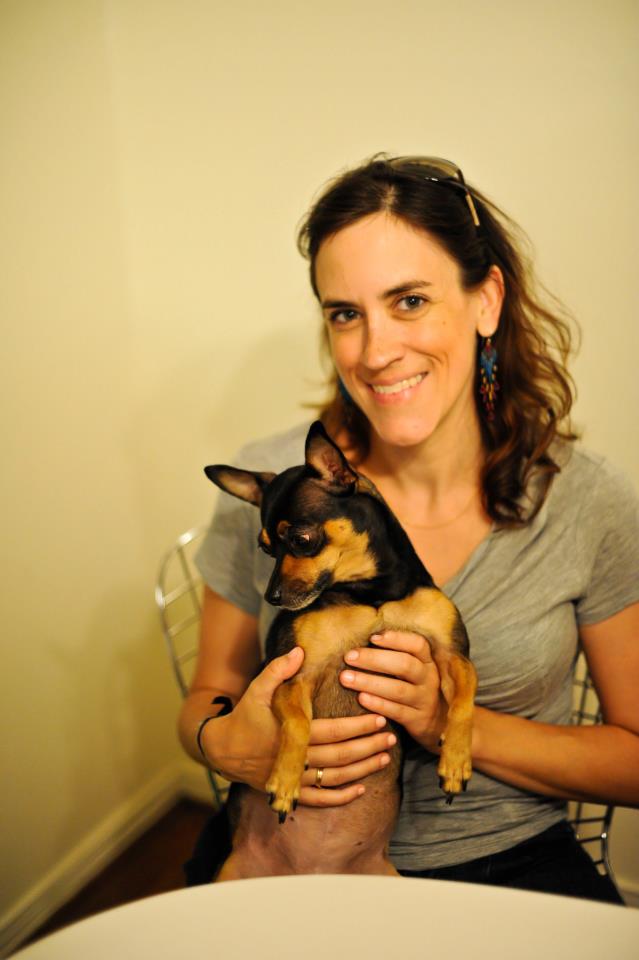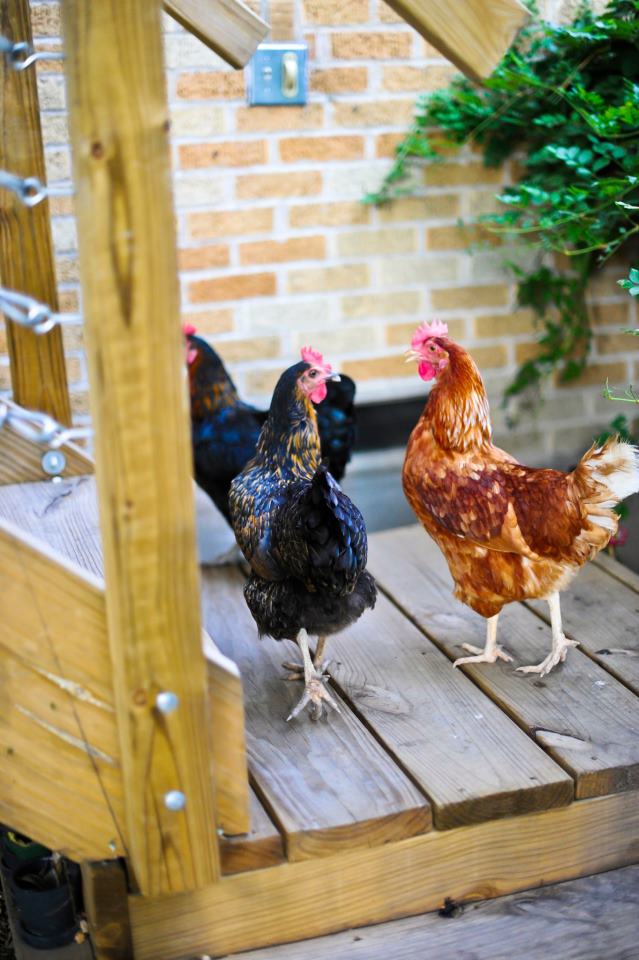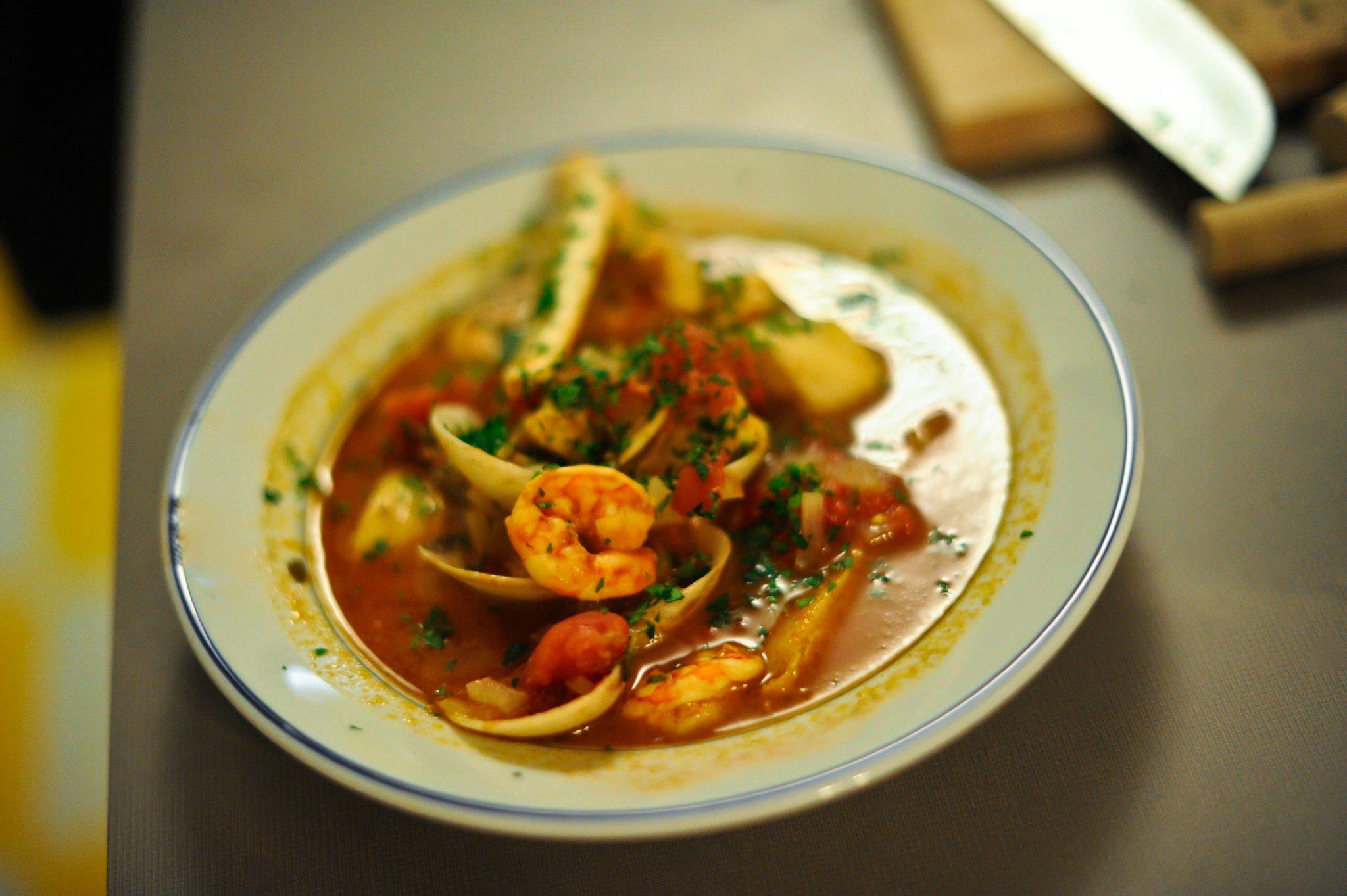
Chicken coop (Photo courtesy of Williams-Sonoma)
At Edible nothing warms our hearts like somebody learning to grow their own tomatoes or make their own ricotta. We’re all about empowering home cooks to take control of their food, both where it comes from and how it’s made. So when Williams-Sonoma told us they’d be launching a new line this April to help customers take their food from seed to table, we couldn’t have been more pleased. The new line, Agrarian, will launch this Thursday, April 5th online and then on April 9th in a few stores across the country (none in New York just yet). We got a sneak peak at the products included in the new line and thought we’d share a few.

Shiitake Mushroom Log (Photo courtesy of Williams-Sonoma)
For home gardeners, or wannabe urban farmers, there are raised bed planters, heirloom seeds, live plants, slate garden markers from our own Brooklyn Slate and even chicken coops! Kitchen enthusiasts will love the home canning tools, DIY cheesemaking kits, and kombucha kits. Our personal fave? The shiitake mushroom log. It’s just so cute and boy, wouldn’t it be nice to pluck a few homegrown shiitakes off your window sill when you’re making dinner?

Raised beds (Photo courtesy of Williams-Sonoma)
“There’s a wide range of people who live in the suburbs or in the city who maybe aren’t growing their own herbs or food and here’s a way for them to get started,” said Shannon Gomes, public relations manager for Williams-Sonoma. “We’ve got a DIY cheese kit that only takes a gallon of milk and one hour and you’ll have your own mozzarella and ricotta cheese.”
In addition to the 275 products being featured in the new Agrarian line, for the past year or so Williams-Sonoma has been experimenting with something called “Artisan Market”–an initiative to highlight and bring local food purveyors into its stores. On the first Saturday of each month at six locations around the country, including our Columbus Circle store, local food and drink makers are invited to show off their goods. The selection of vendors changes quarterly, but some of the folks that have turned out so far include: Brooklyn Seeds, Brooklyn Slate, Kombucha Brooklyn, Brooklyn Brine, Early Bird Granola, Rough Confections, Saucy Sauce, Emily’s Homemade, One Girl Cookies, Dulce Nona, Crown Maple, and Kyotofu. The program has been a big hit so far, resulting in robust sales, according to Allison O’Connor, Williams-Sonoma’s vice president of merchandising. So far there are Artisan Markets in New York, Chicago, Atlanta, San Francisco, Austin and Portland, Oregon.








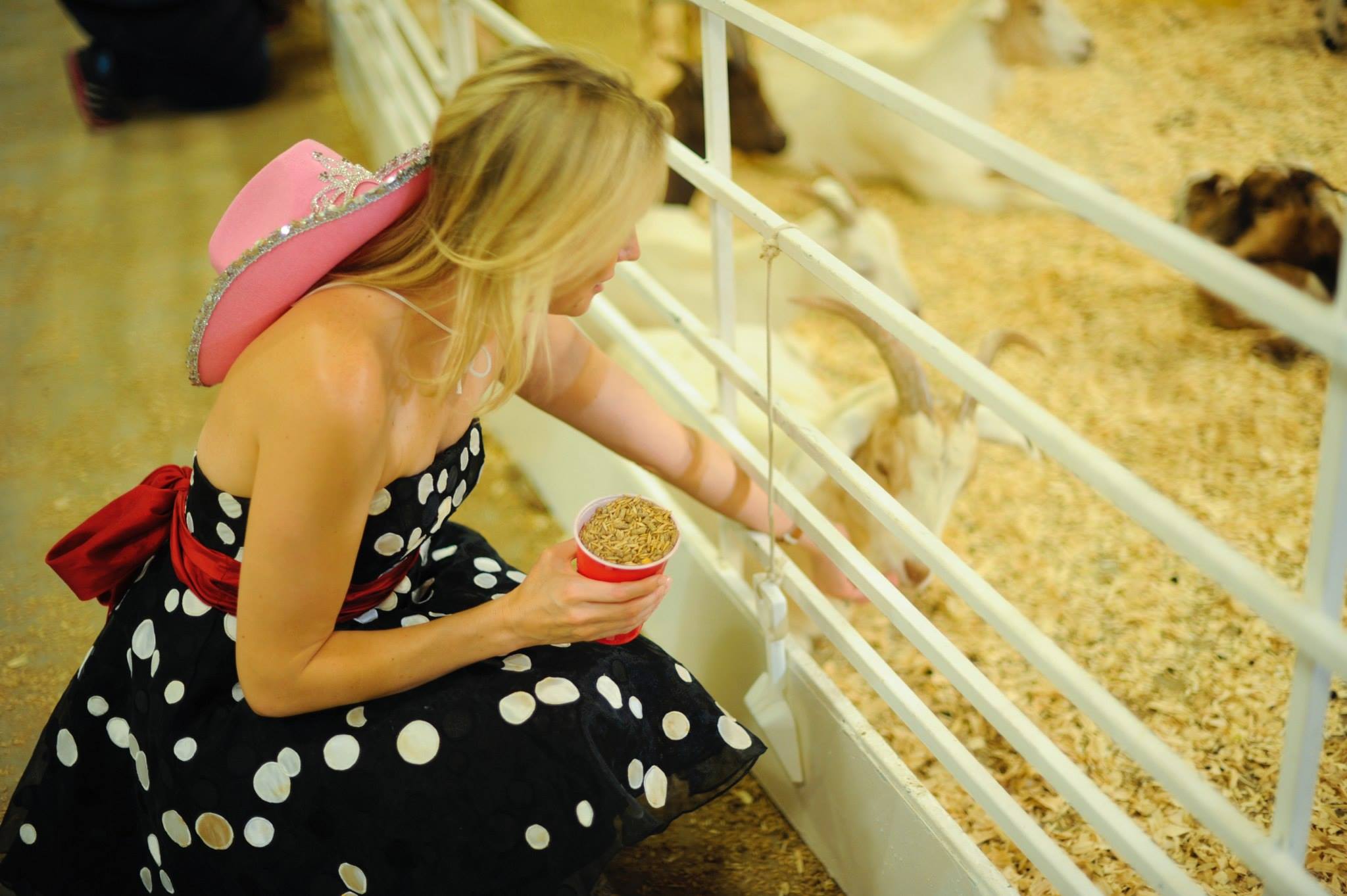



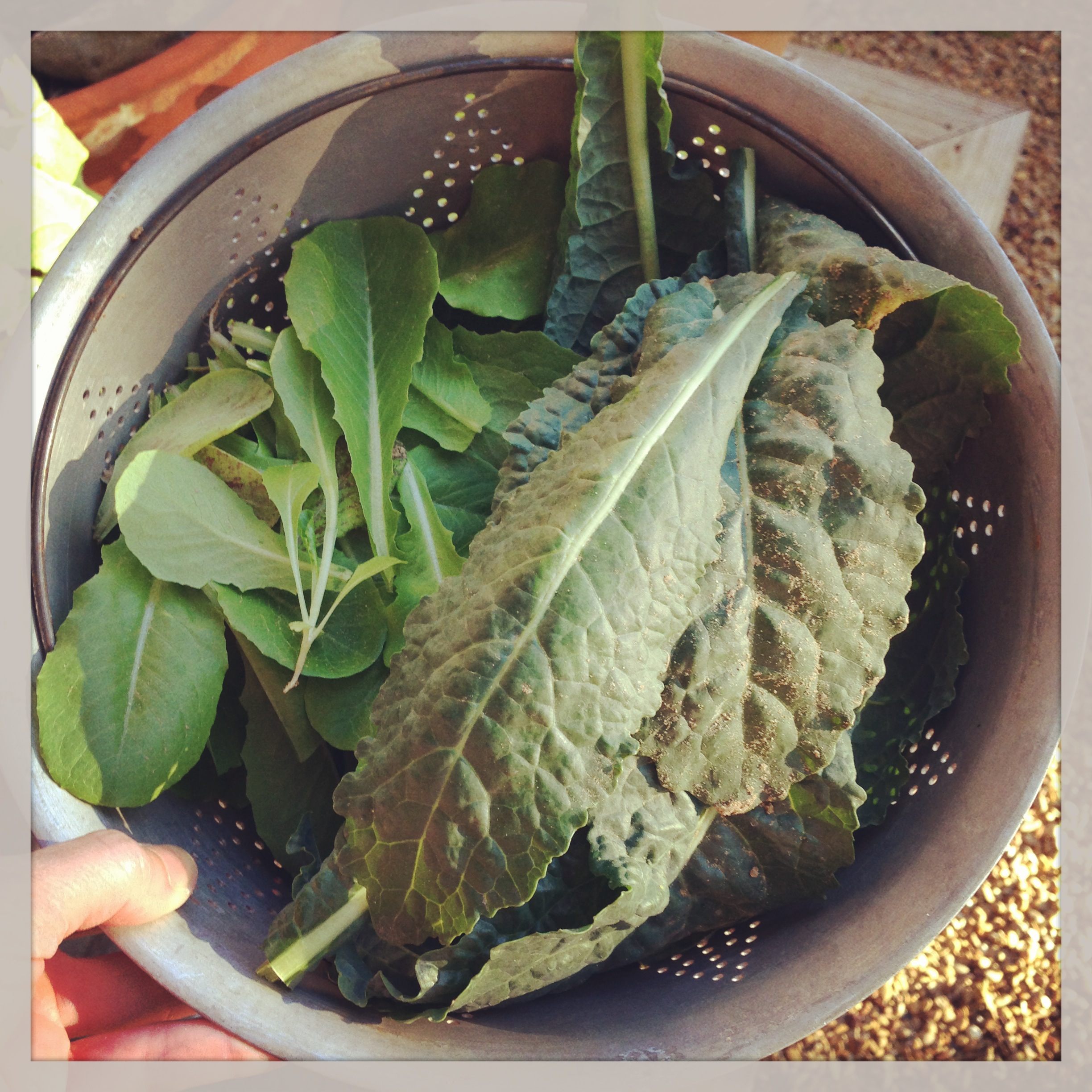


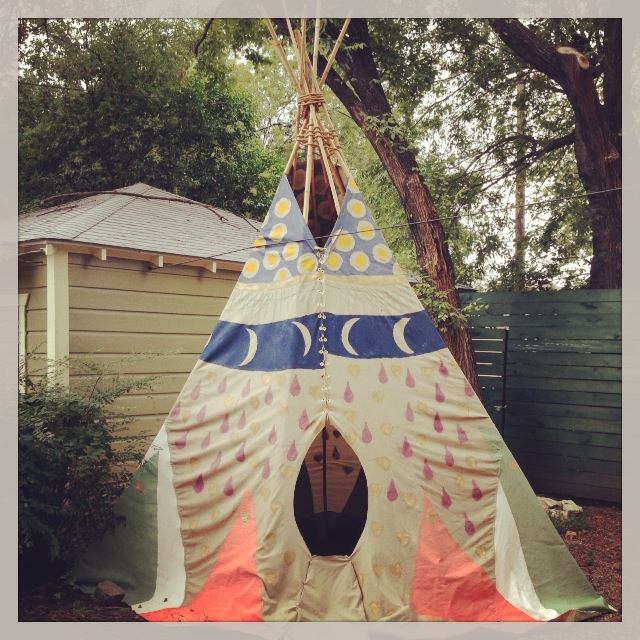
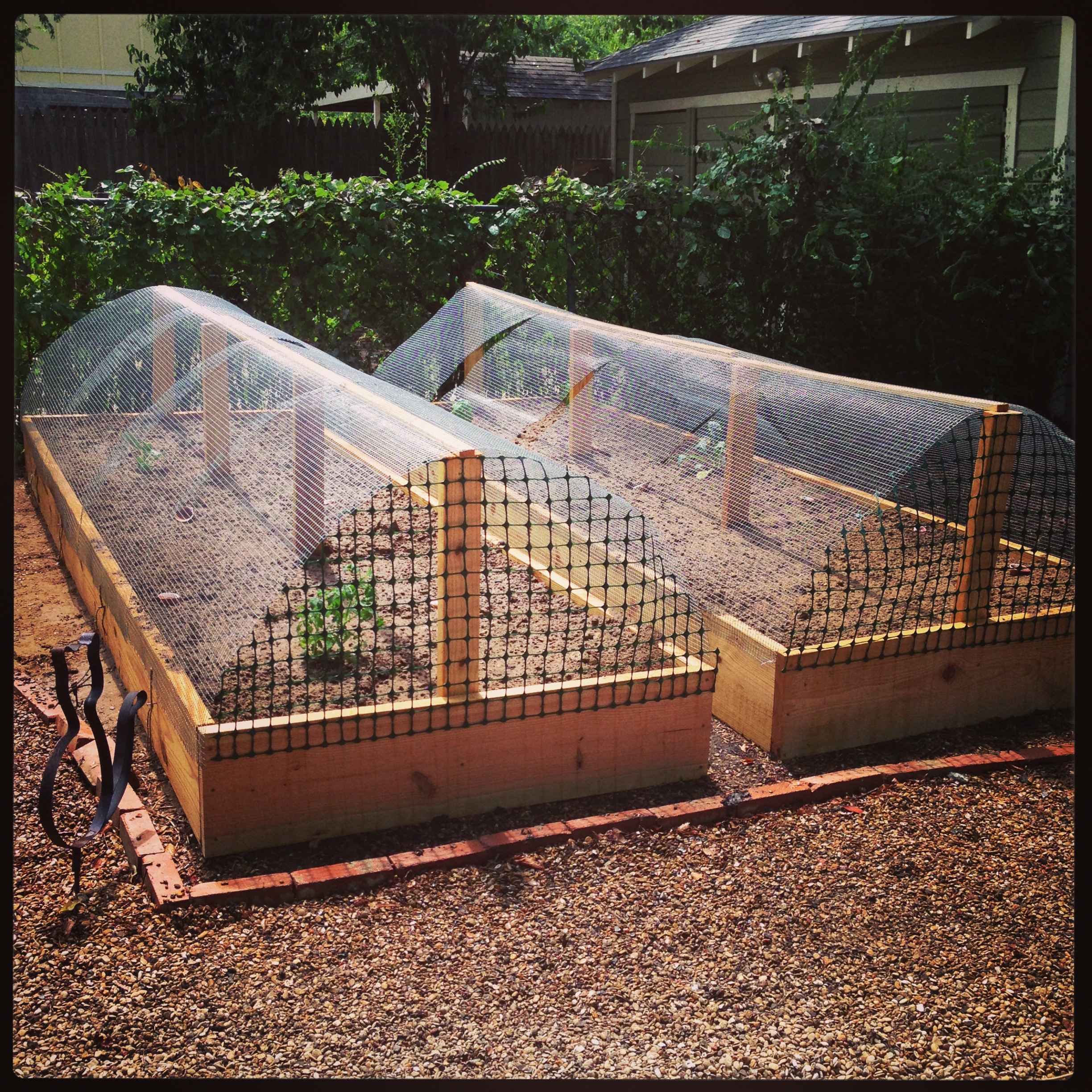
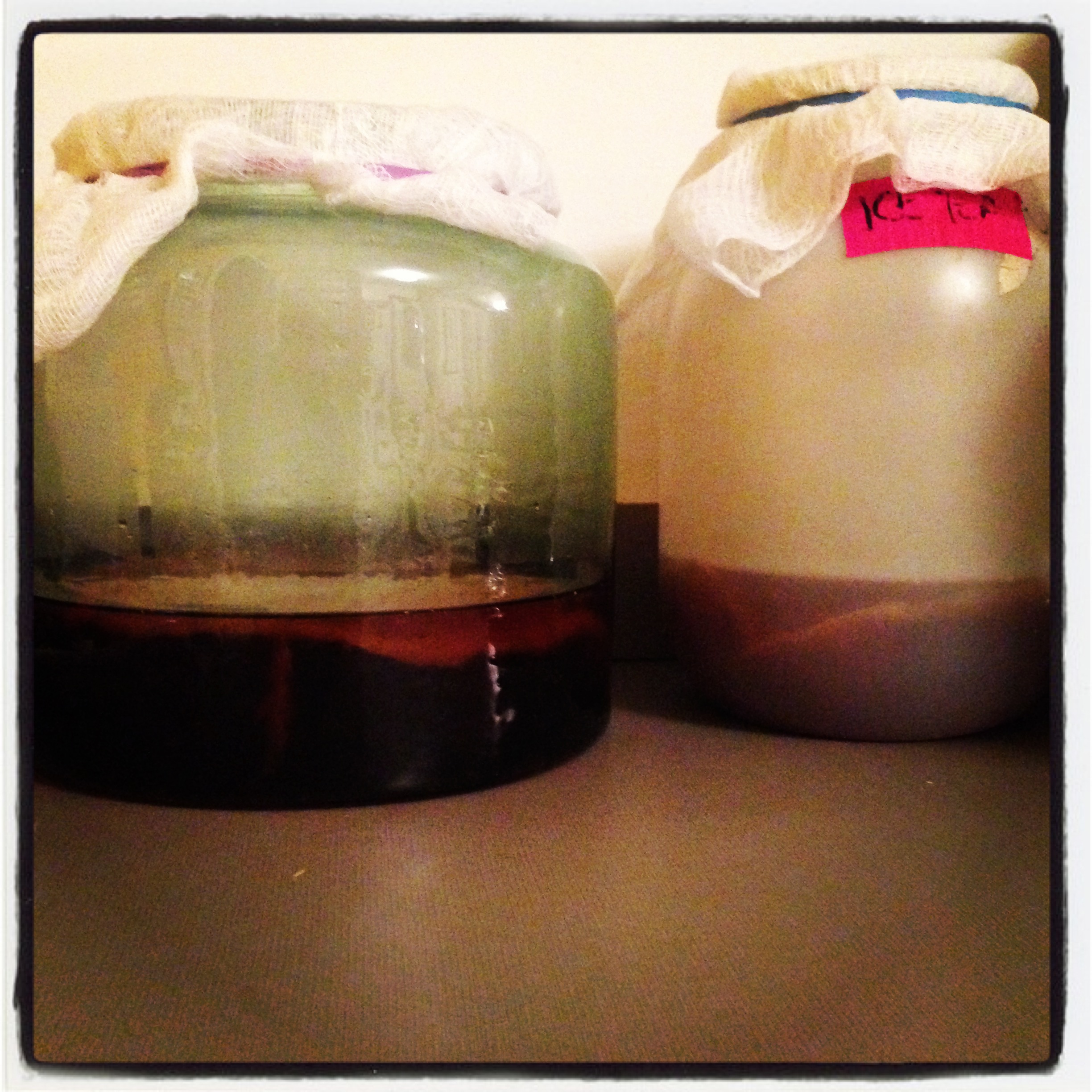
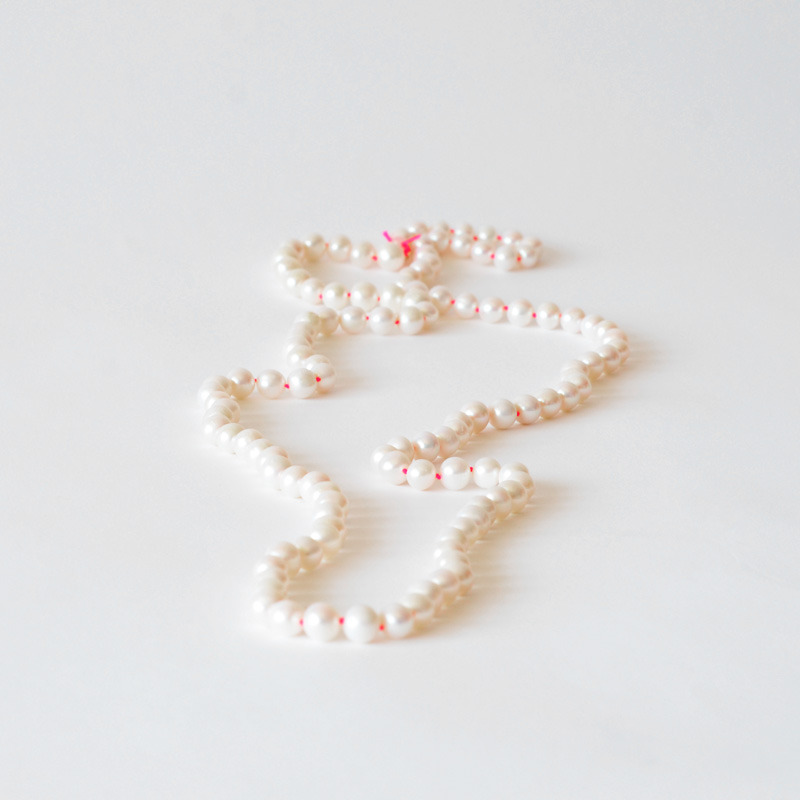
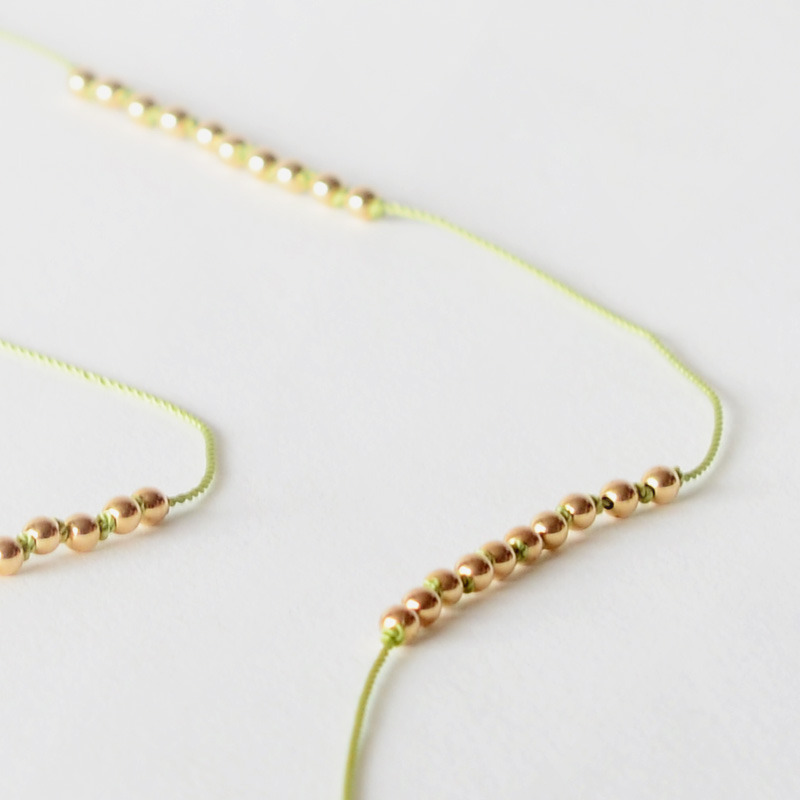
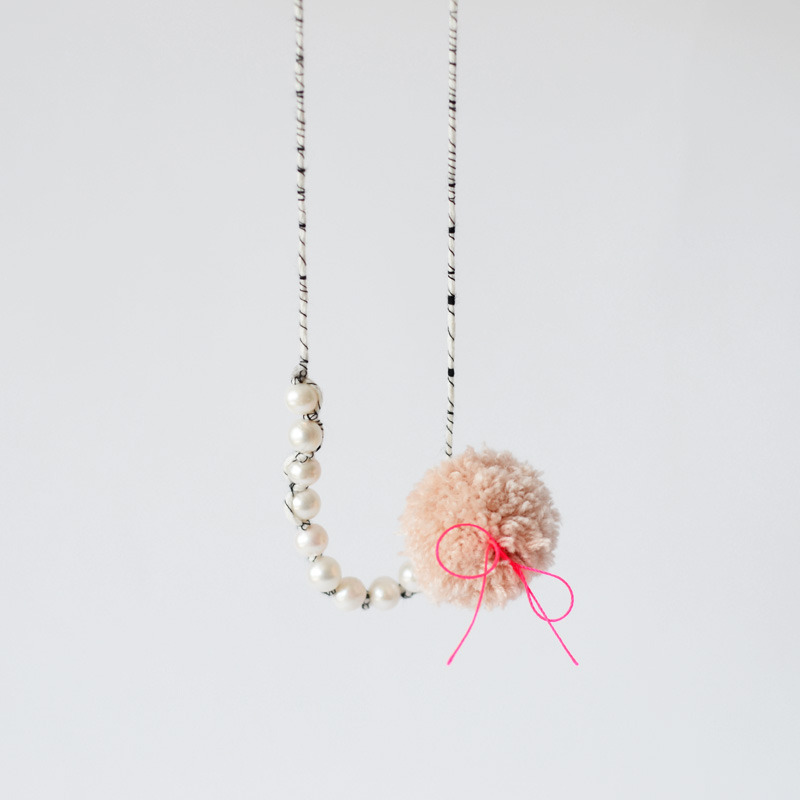
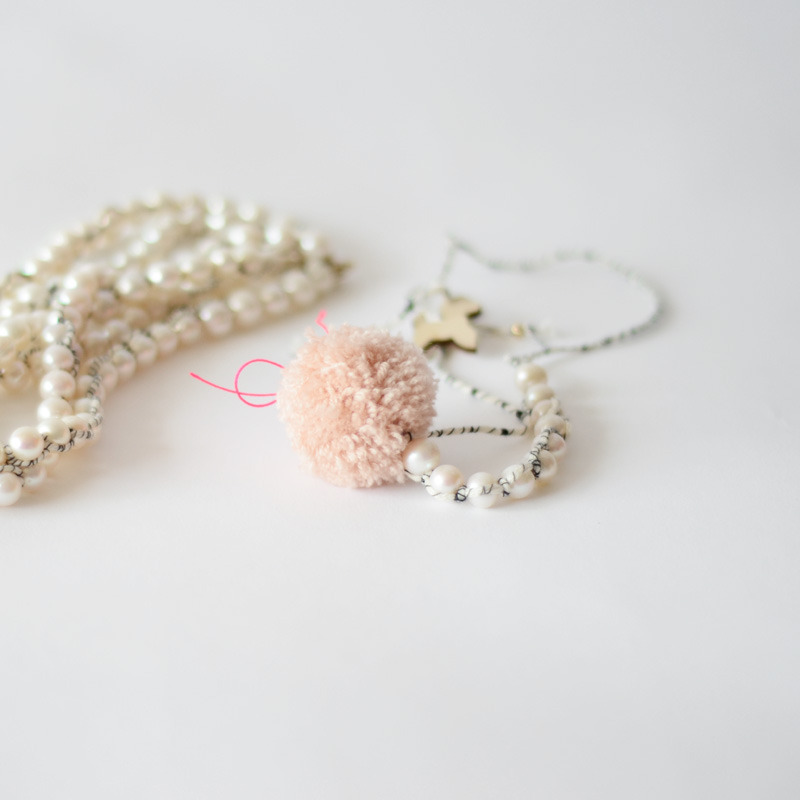
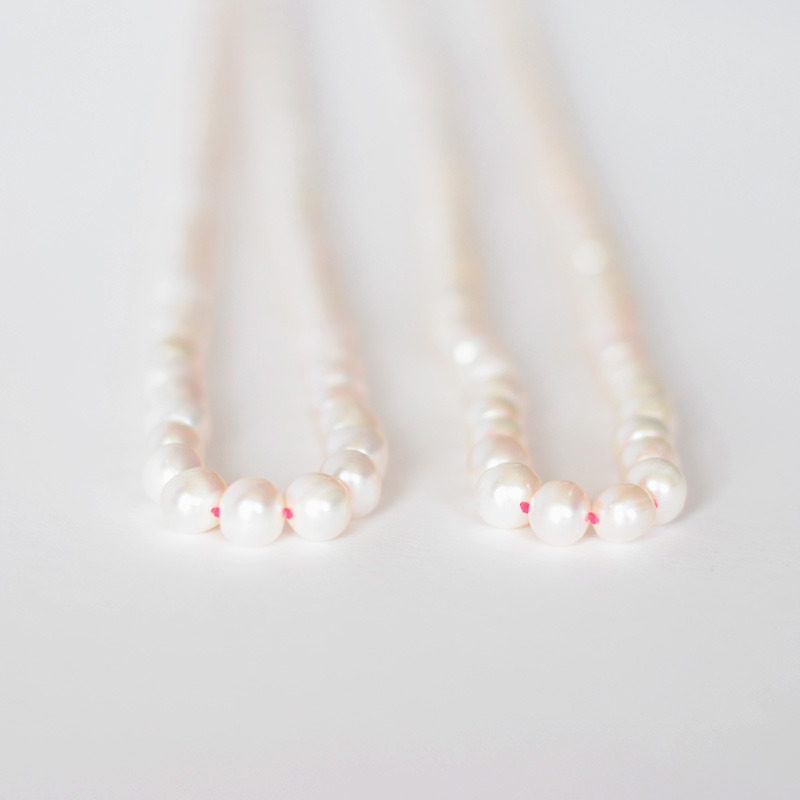
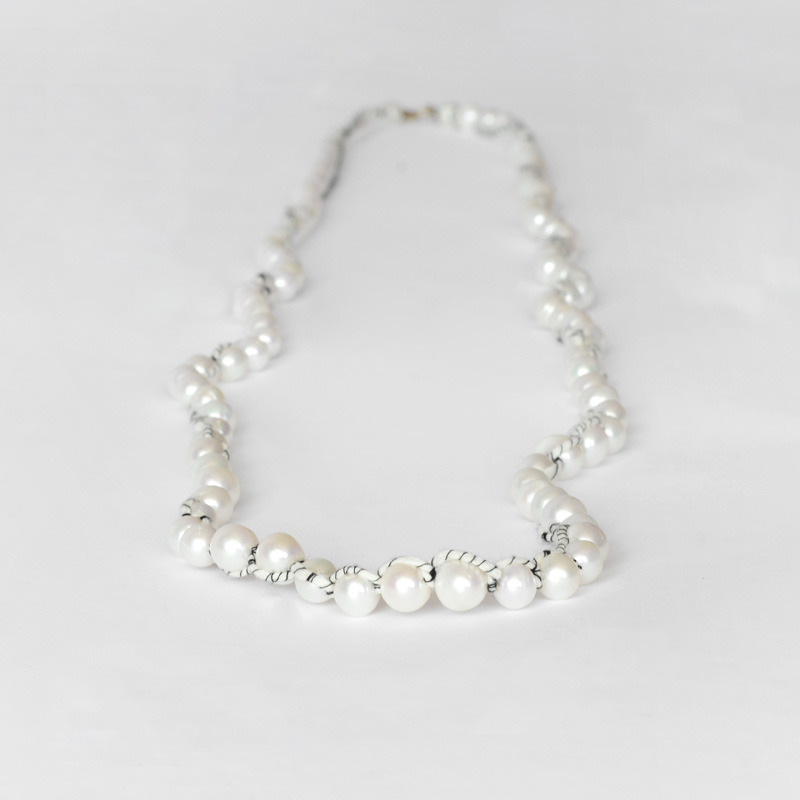


















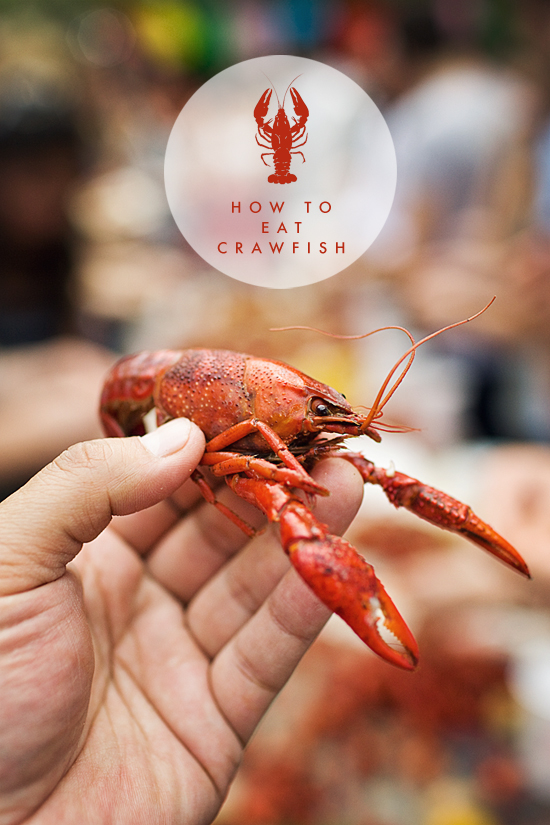
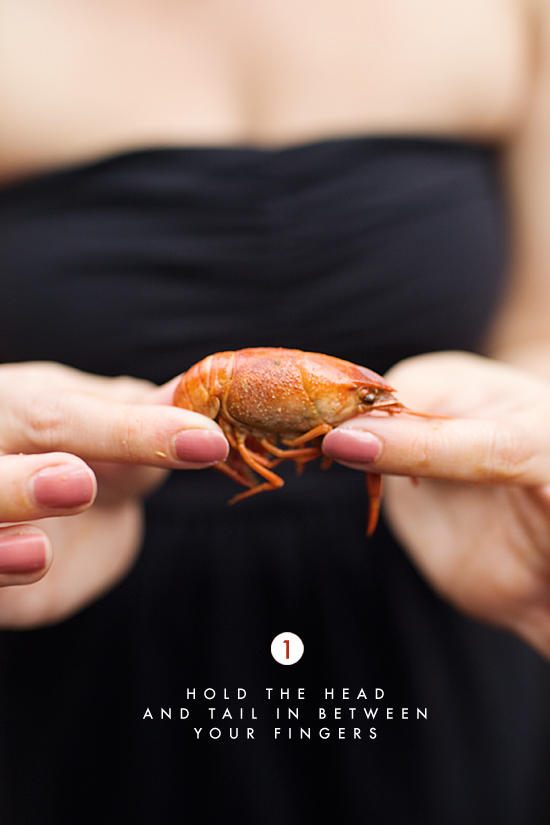
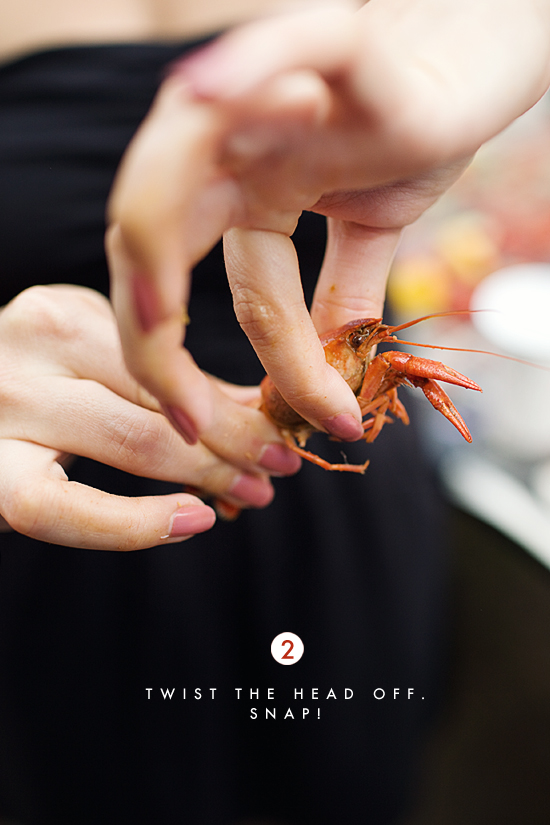
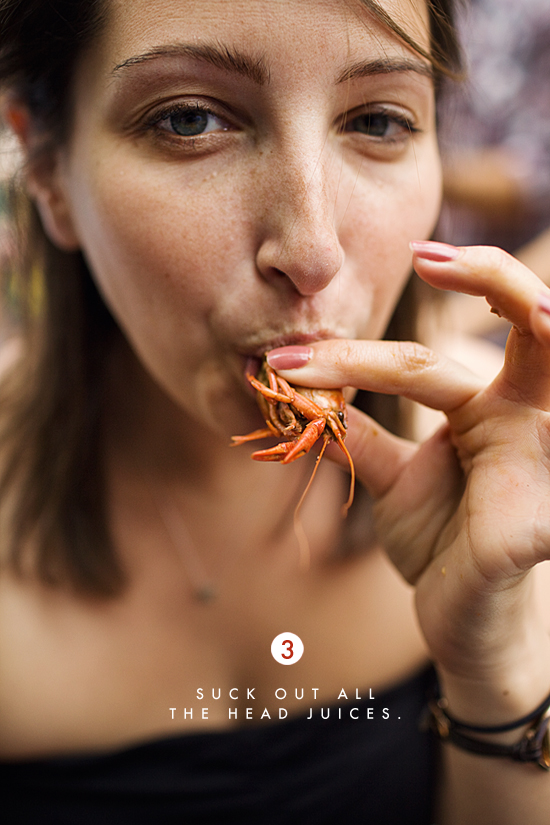
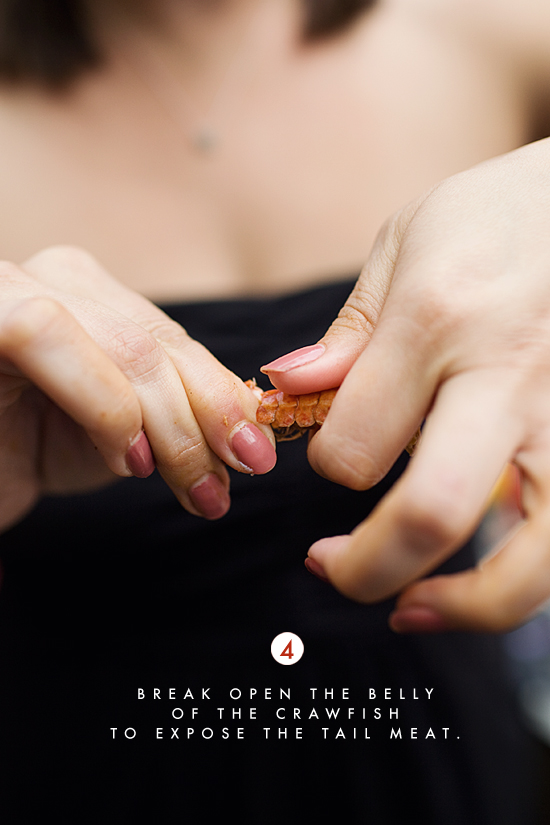
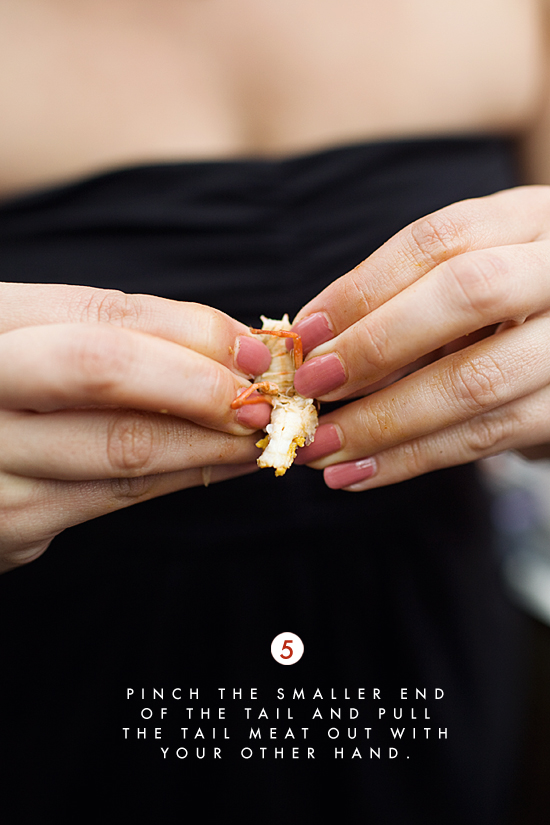
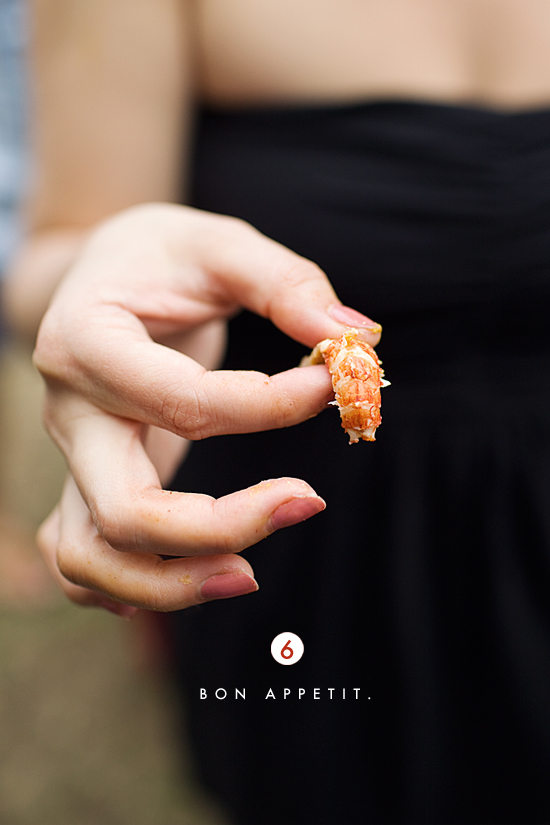

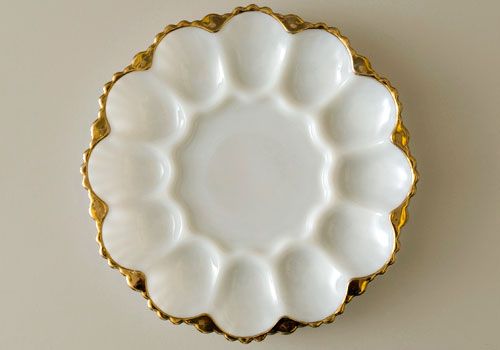



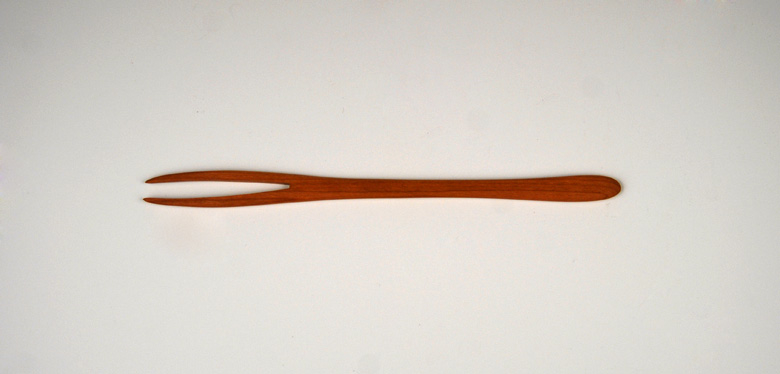
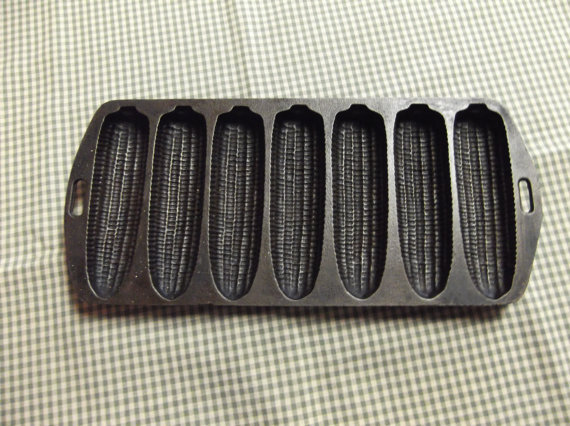

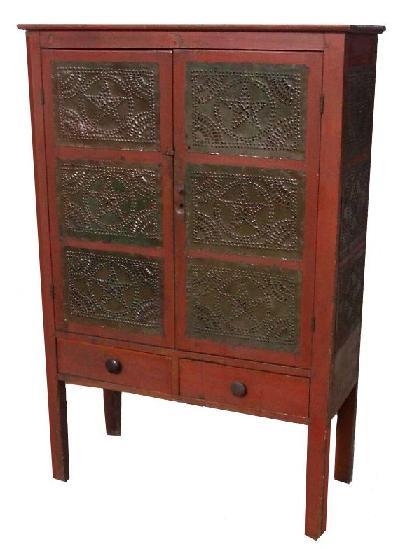

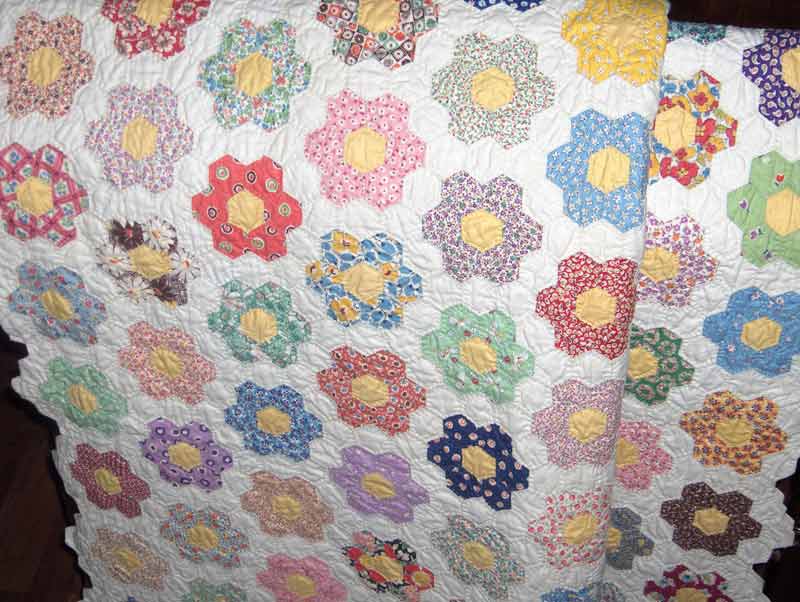




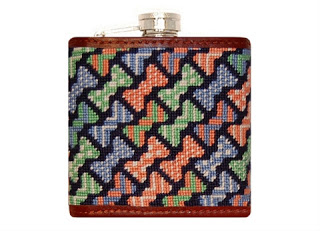
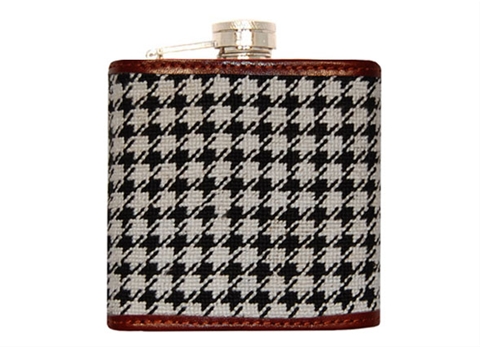


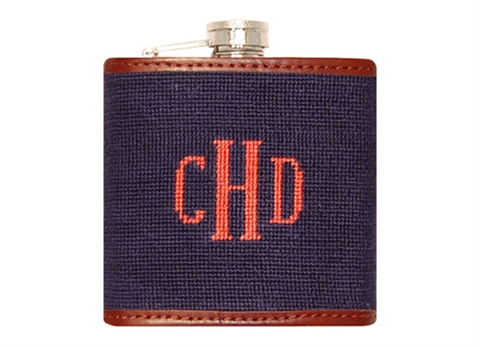


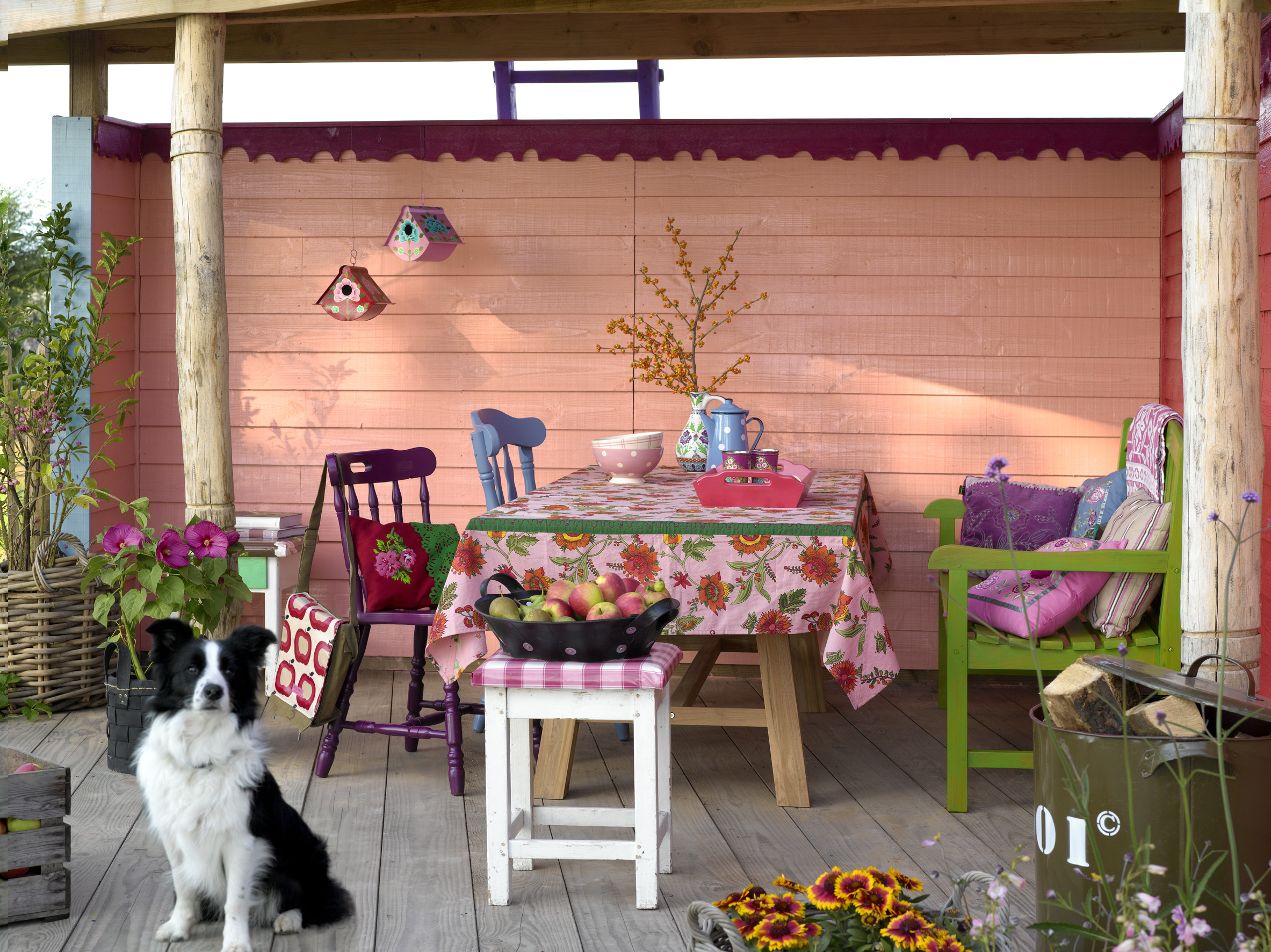
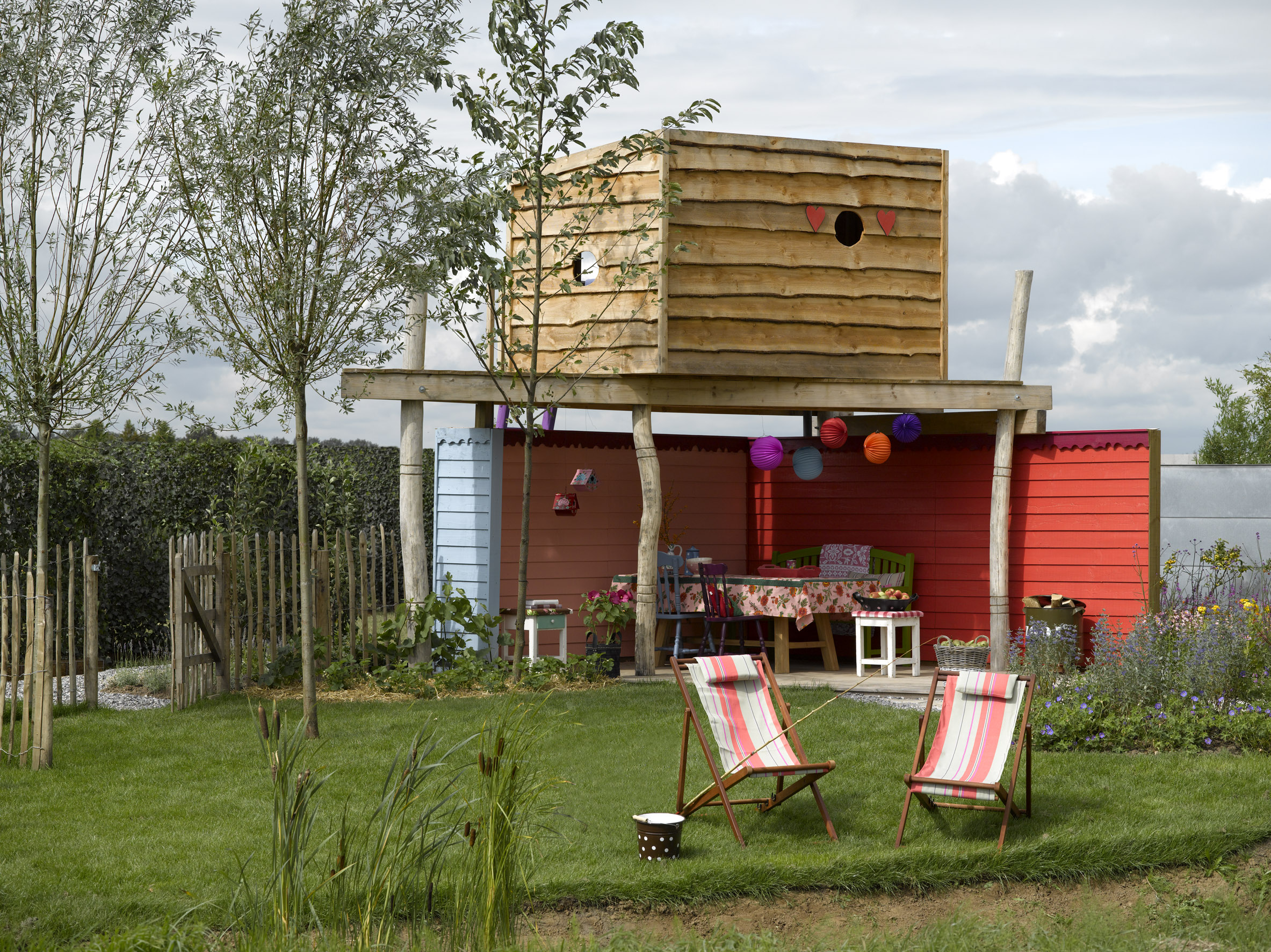

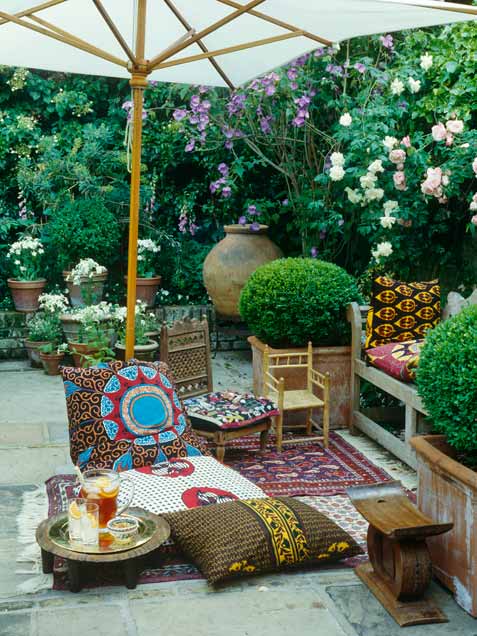
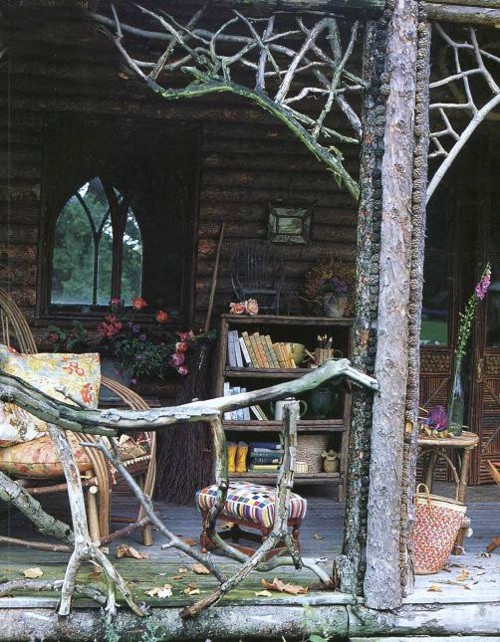
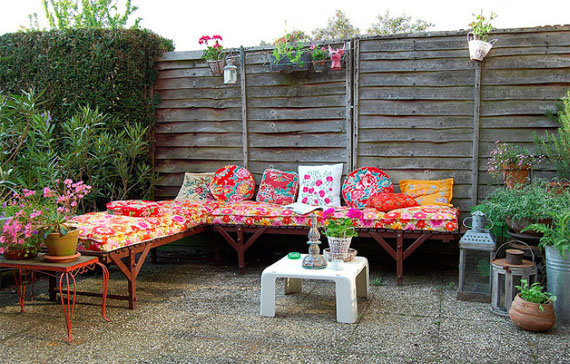

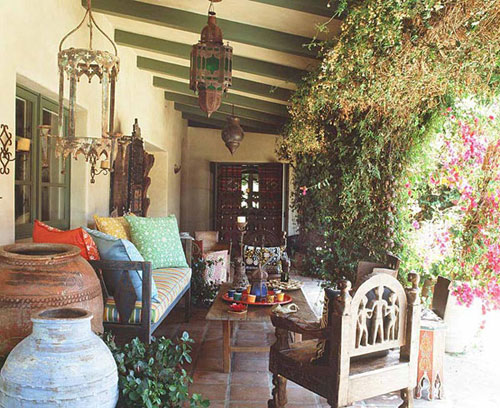
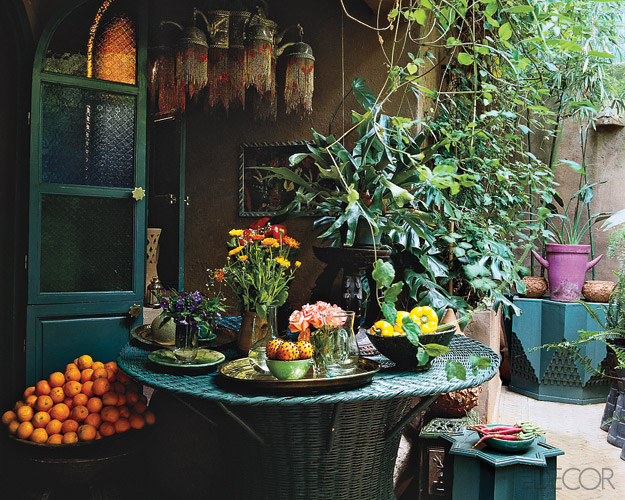
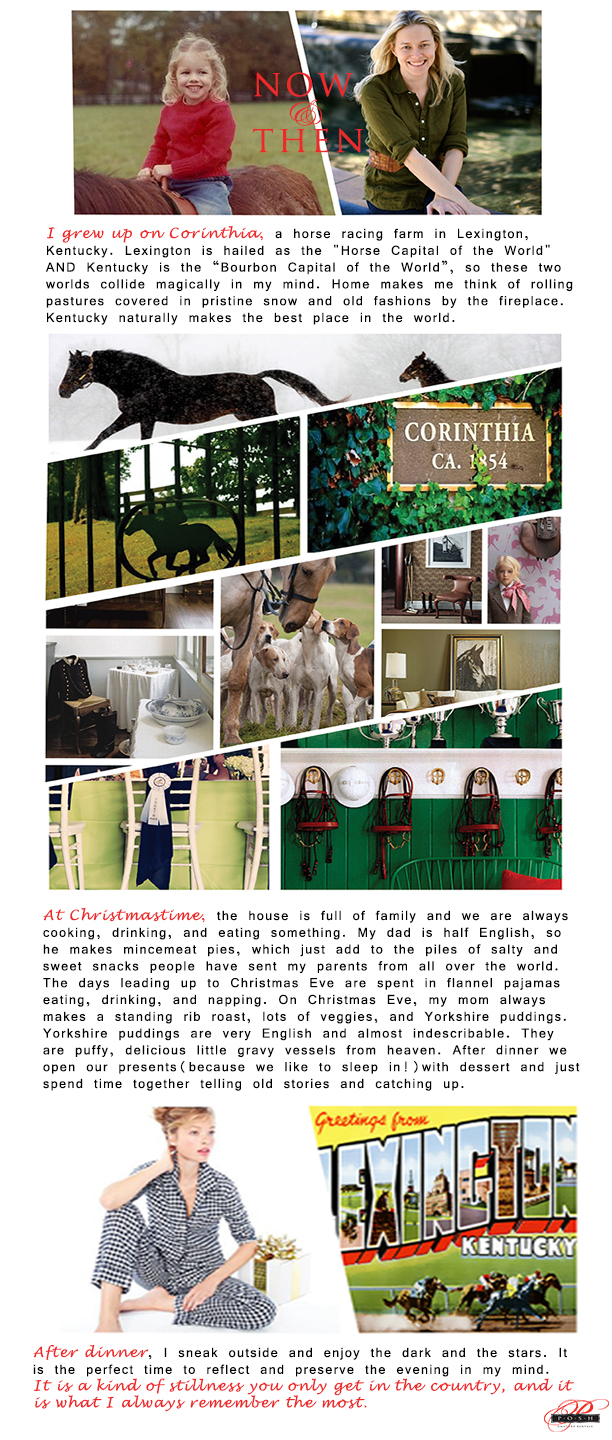
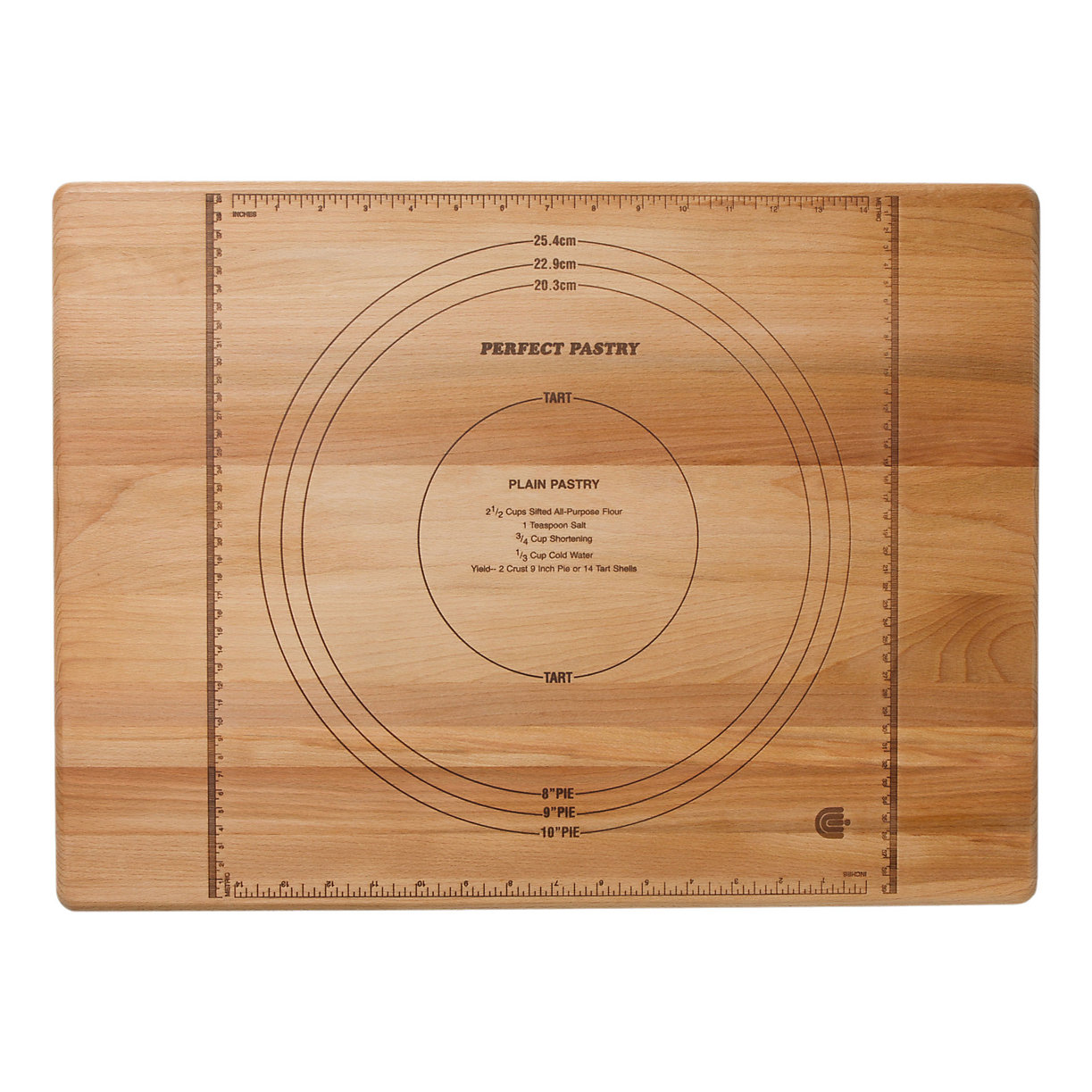
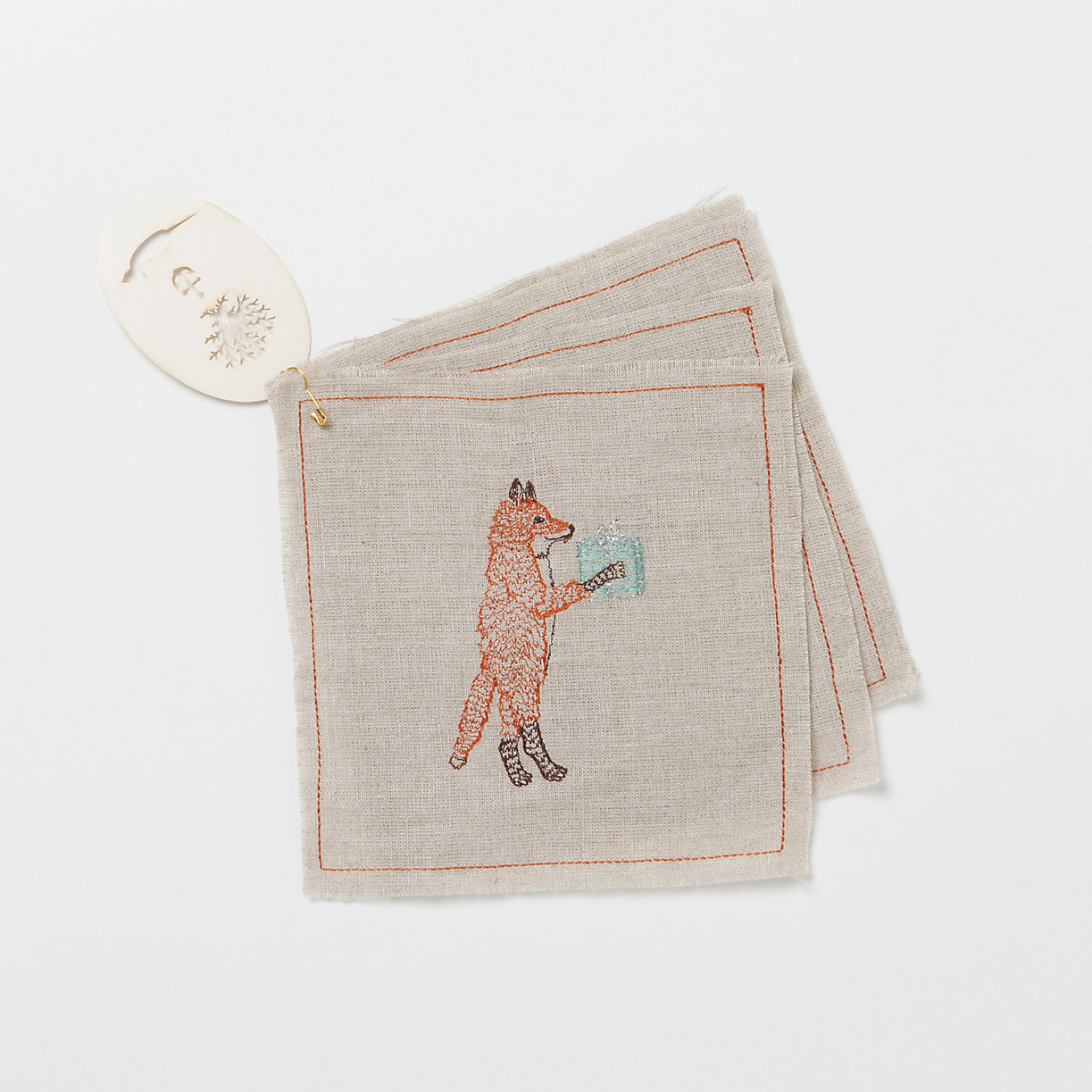
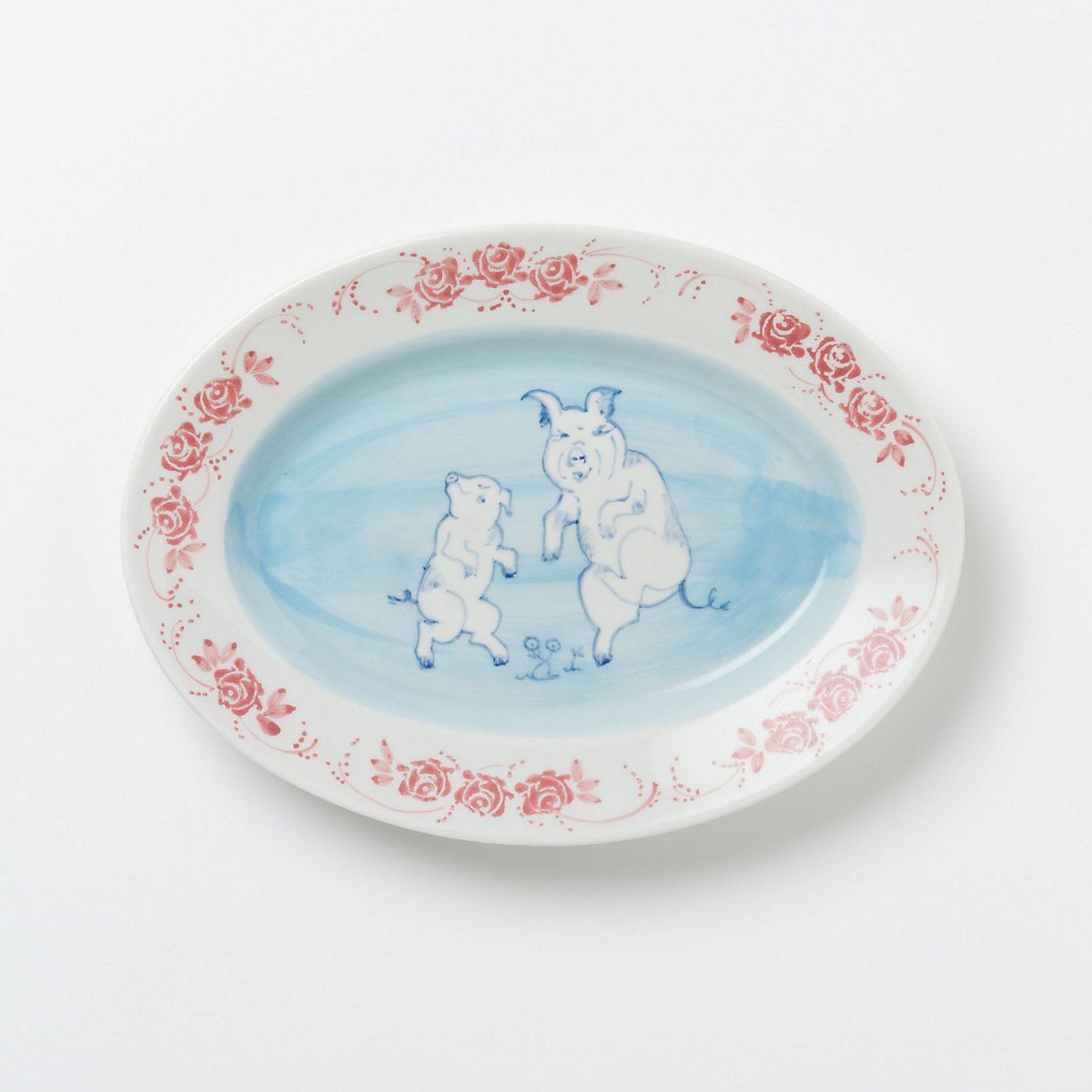 Pigs dance a jig.[/caption]
Pigs dance a jig.[/caption]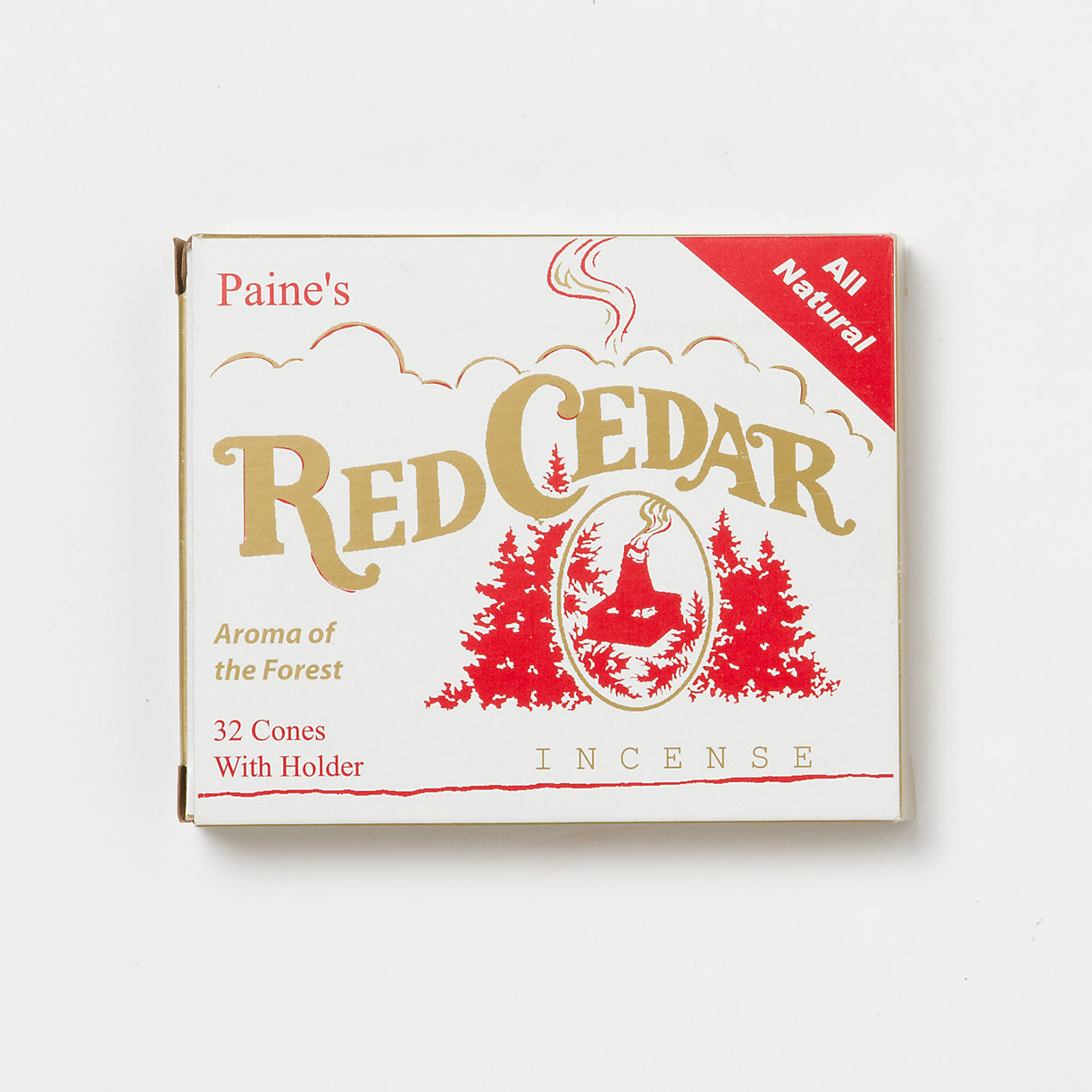 32 Cones with Holder! YES please.[/caption]
32 Cones with Holder! YES please.[/caption]